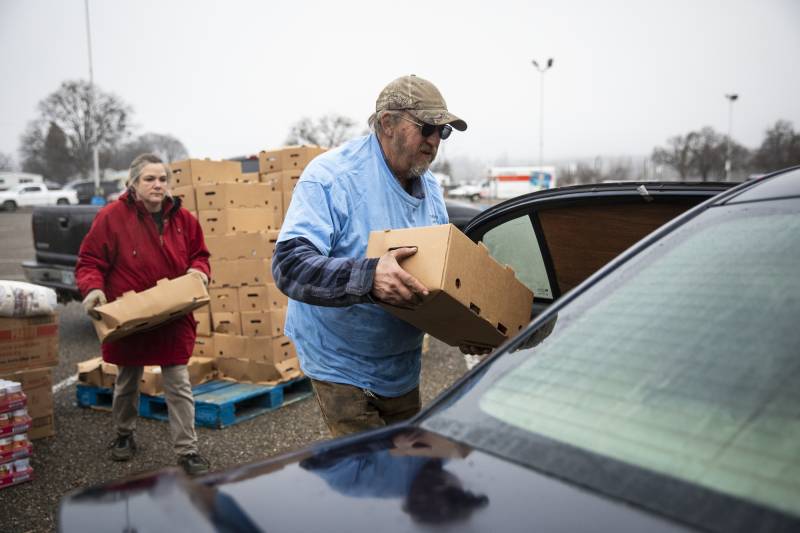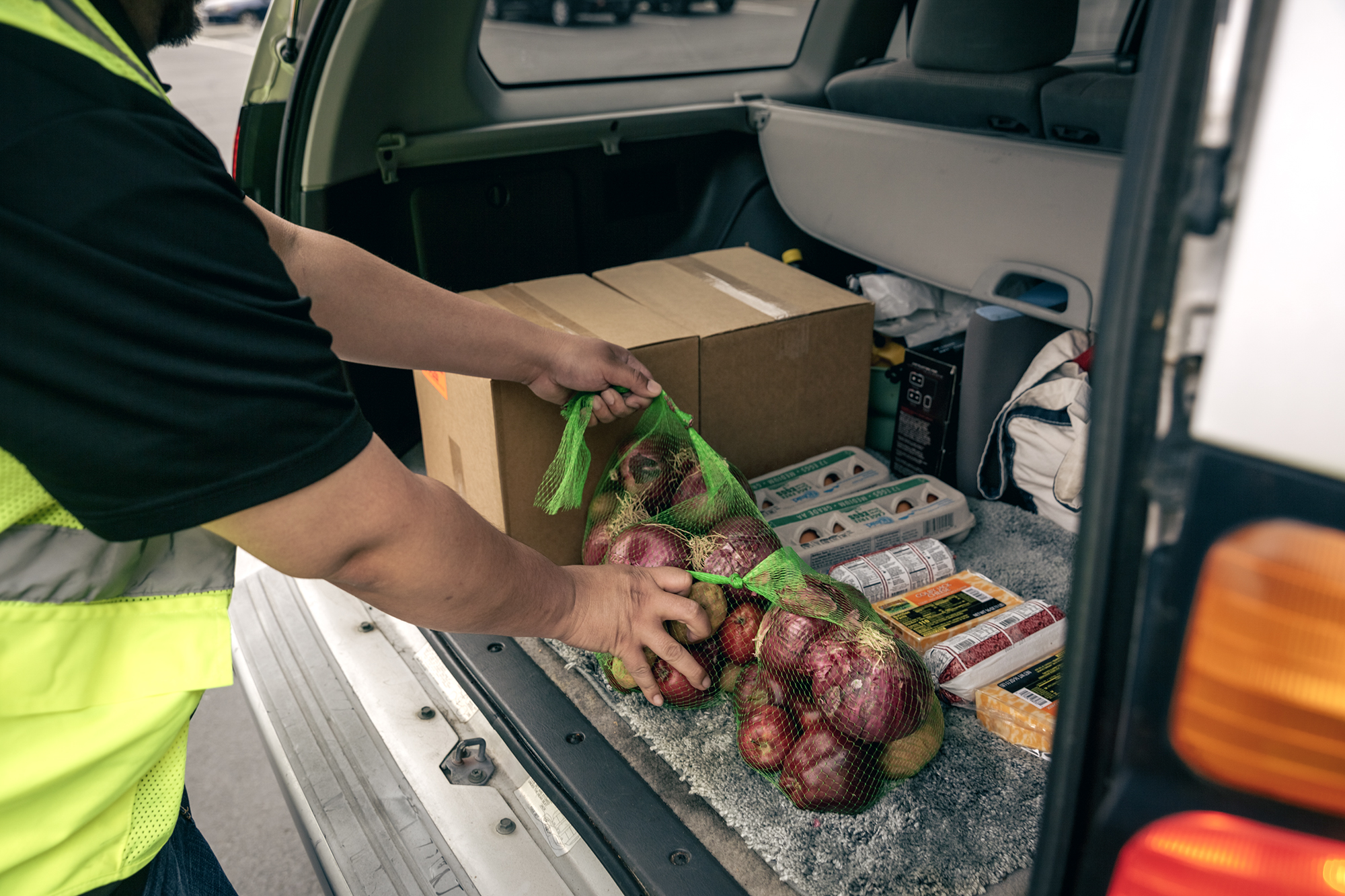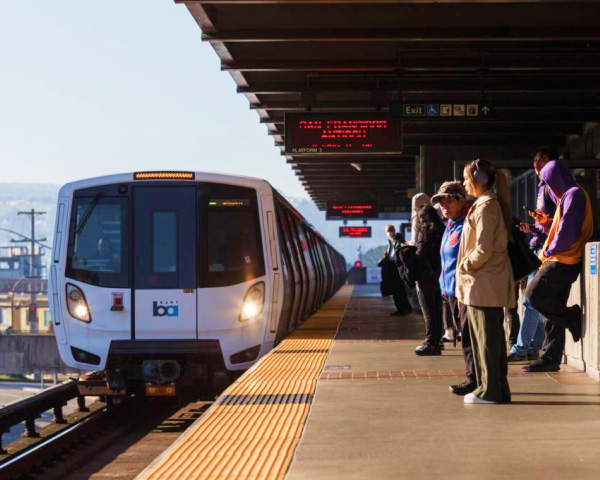Food insecurity in California ticked upward over the past year, bringing the share of hardship back up to levels early in the COVID-19 pandemic, according to data released by the California Association of Food Banks on Tuesday.
“Families are buying less food,” said May Lynn Tan, the association’s director of research and strategic initiatives, who surveyed food aid recipients this summer. “They’re running out of food, not being able to afford nutritious meals, and worrying more about food.”
Advocates credited a pandemic-era federal aid program that gave food assistance recipients more money for groceries to pull food insecurity below 20% of California households between 2021 and 2022. The additional aid, Tan said, helped recipients buy healthier food and become more financially stable.
As prices soared last year, food insecurity spiked. Then, the boost in federal aid ended in April. By October, more than 1 in 5 California families — more than 3.1 million households, including 1.1 million with children — were steadily reporting uncertain access to food, according to Census data analyzed by the association.
While hunger overall is disproportionately borne by people of color, Black families in particular reported sharp increases this year. In April, 30% of Black households in California were food insecure. Six months later, the figure was 40% and nearly half of Black families with children.


